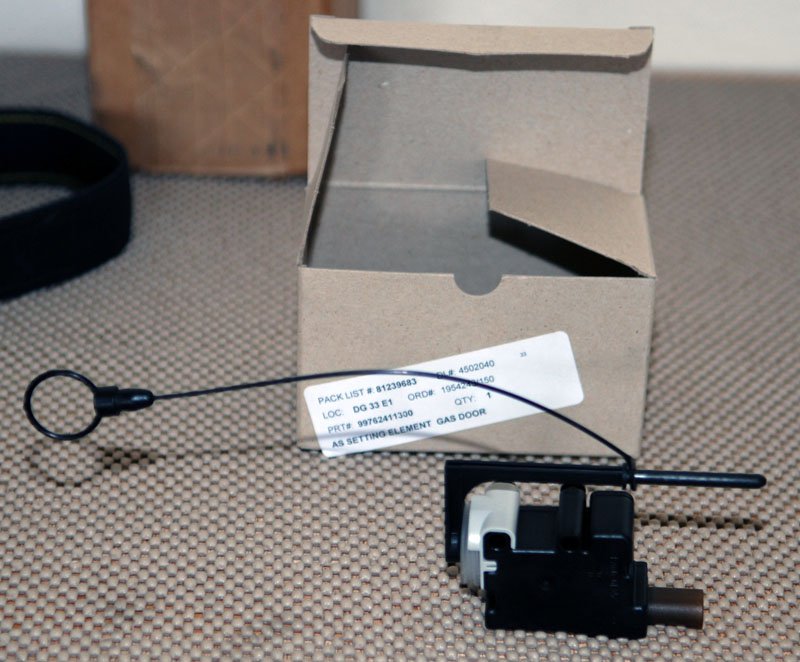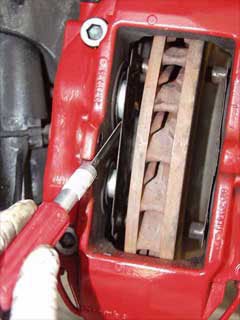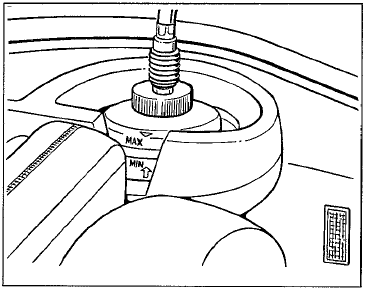Building Your Own Car Ramps
I've been disappointed by off-the-shelf car ramps from auto parts stores and even high-end specialty catalogs. They all seem to be too low to the ground, to narrow for big 'monster meats', too steep of an approach angle so they won't fit under a low air dam or exhaust, and generally flimsy. So I built my own, to my own specifications. My requirements were:
1) extra width and no side channels for enhanced stability and to accomodate extra-wide tires
2) shallow approach angle for vehicles with low ground clearance
3) extra height for more working space under vehicles with low ground clearance
4) very high strength for my own peace of mind
Disclaimer: Following is a description and photos of my own design. I used brand-new, premium, non-treated lumber and an entire (small) box of 2-1/2" galvanized nails. I built them carefully and made sure every interface was joined by several nails for extra safety. I believe my ramps could hold up a semi truck. But, I make no claims as to their suitability for any such purpose, and if you build your own ramps based on my design using your own materials, techniques, tools, and ideas, you do so at your own risk. If you use such ramps to work on your car, you do so at your own risk. Safety first! There are many Porsches in the world, but only one you...
Materials Required:
1. Four (4) industry-standard premium "2x10" boards, each measuring eight (8) feet in length
2. Two (2) industry-standard premium "2x4" boards, each measuring twelve (12) feet in length
3. One (1) industry-standard premium plywood, 3/4" thick, measuring approximately seven (7) feet by two (2) feet
4. One (1) box (approx qty=200-300) galvanized nails, 2-1/2" in length (drywall screws may be substituted)
5. Four (4) heavy-duty grab-handles (plated, galvanized, or painted) (optional, but recommended - these are heavy!)
Tools Required:
1. Table saw or circular saw
2. Hand saw
3. Hammer
4. Square
5. Pencil
6. Measuring tape
7. Straightedge or chalk line
8. Screwdriver or power driver
9. Partner to help
10. Intermediate expertise in woodworking
Basic Diagram:
Procedure:
1. On each 8' section of 2x10, measure 24" from each end of the board, and draw a diagonal line between the points. Cut along this line to produce two (2) main boards from each single 8' 2x10 board. Each main board will have the shape of the side of the ramp. Each ramp will require at least four (4) main boards. (Optional - for increased strength and significantly increased weight, construct each ramp out of seven (7) main boards, thus making each ramp completely solid all the way through.)
2. If making the ramps as shown, cut 2x4 spacer blocks equal in length to the "10-inch" width of the 2x10 main boards. Create an alternating arrangement of main board 1, 2x4, main board 2, 2x4, main board 3, 2x4, then main board 4.
3. Cut smaller spacer blocks to fit between the main boards under the ramped section. These are critical to the long-term strength and stability of the ramp section, so do not leave these out.
4. Assemble the base sections with lots and lots of nails and/or drywall screws. Don't be afriad to use a lot.
5. Cut the facing out of your plywood. Mitre the ends of the plywood to make a smooth transition between the ground and the ramps. Mitre the joint between the facing on the ramp section and the facing on the top section. Assemble facing to base sections with plenty of nails/drywall screws.
5. VERY IMPORTANT: Cut end stop blocks out of your 2x4 stock to make "stop blocks" at the tops of the ramps. These act to give you notice that your tires are at the ends of the ramps. If you do not have these stop blocks, you may accidentally drive the vehicle right off the end of the ramps. If you have a hard time feeling when the tires contact the blocks, stack up two (2) thicknesses of 2x4s at the ends to make your stop blocks. Make sure the two thicknesses still clear the air dam/exhaust/etc. Assemble to ends of flat top sections as shown in the diagram with liberal use of nails and/or drywall screws.
6. Optional, but very very handy: Affix heavy-duty grab-handles in desired locations. Note the positions and orientations of the grab handles of my ramps. One set is to carry them around and move them when in storage (stored on their ends for minimal footprint), and the other is to move the ramps into position at the vehicle.
Example Photos:
Handles used to move/store ramps:
Handles used to adjust position of ramps:
You can either reply to this post or contact me directly at dphil66@hotmail.com if you have questions. Happy motoring!

-0001-0001.thumb.png.17f5bb25bf8ec261a17c21e6321c8492.png)





